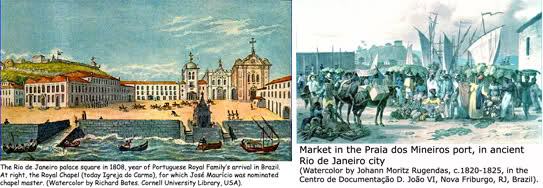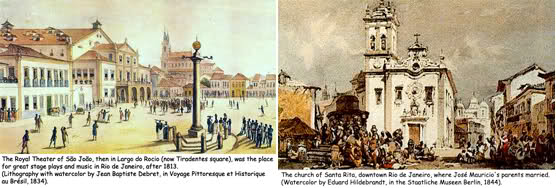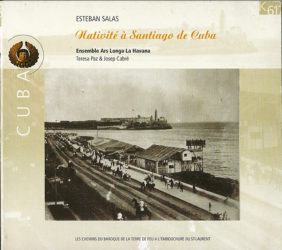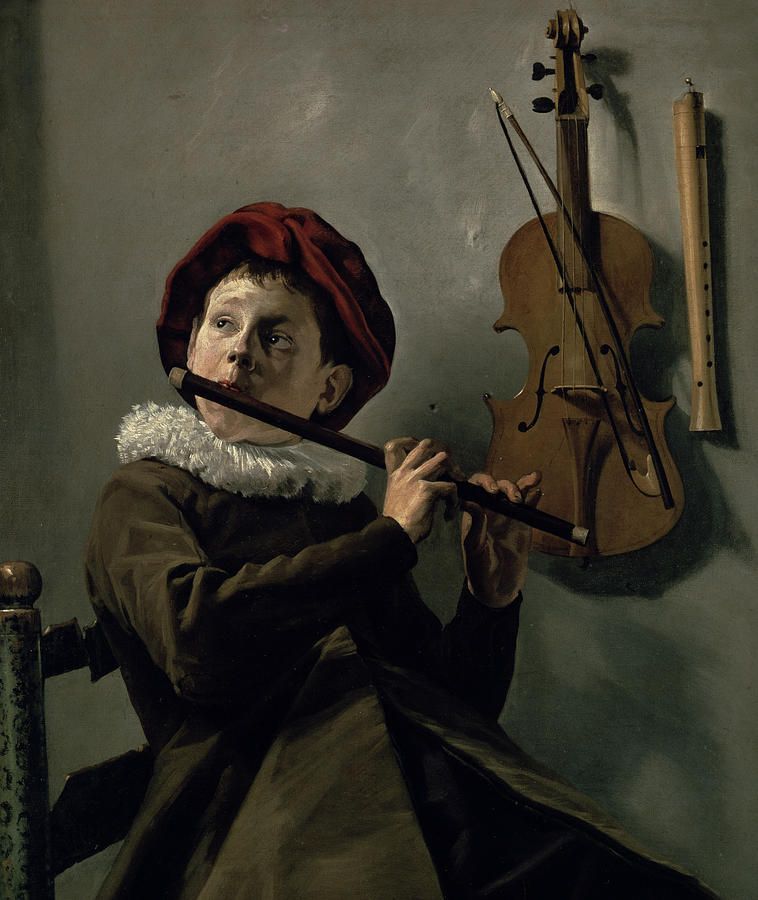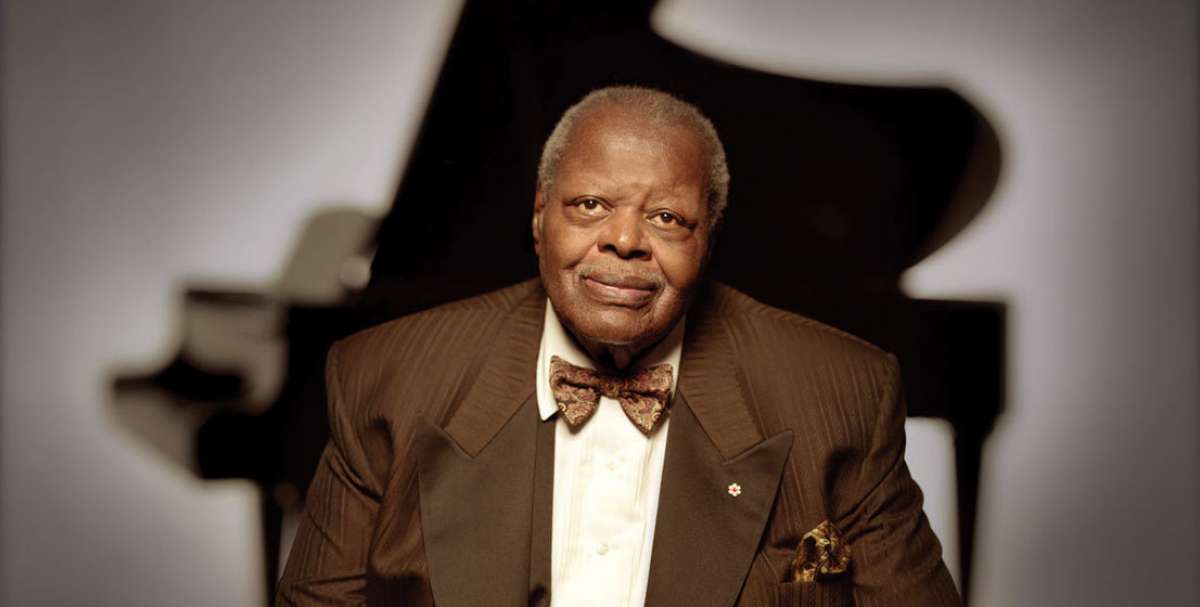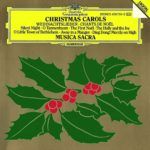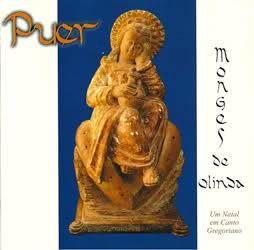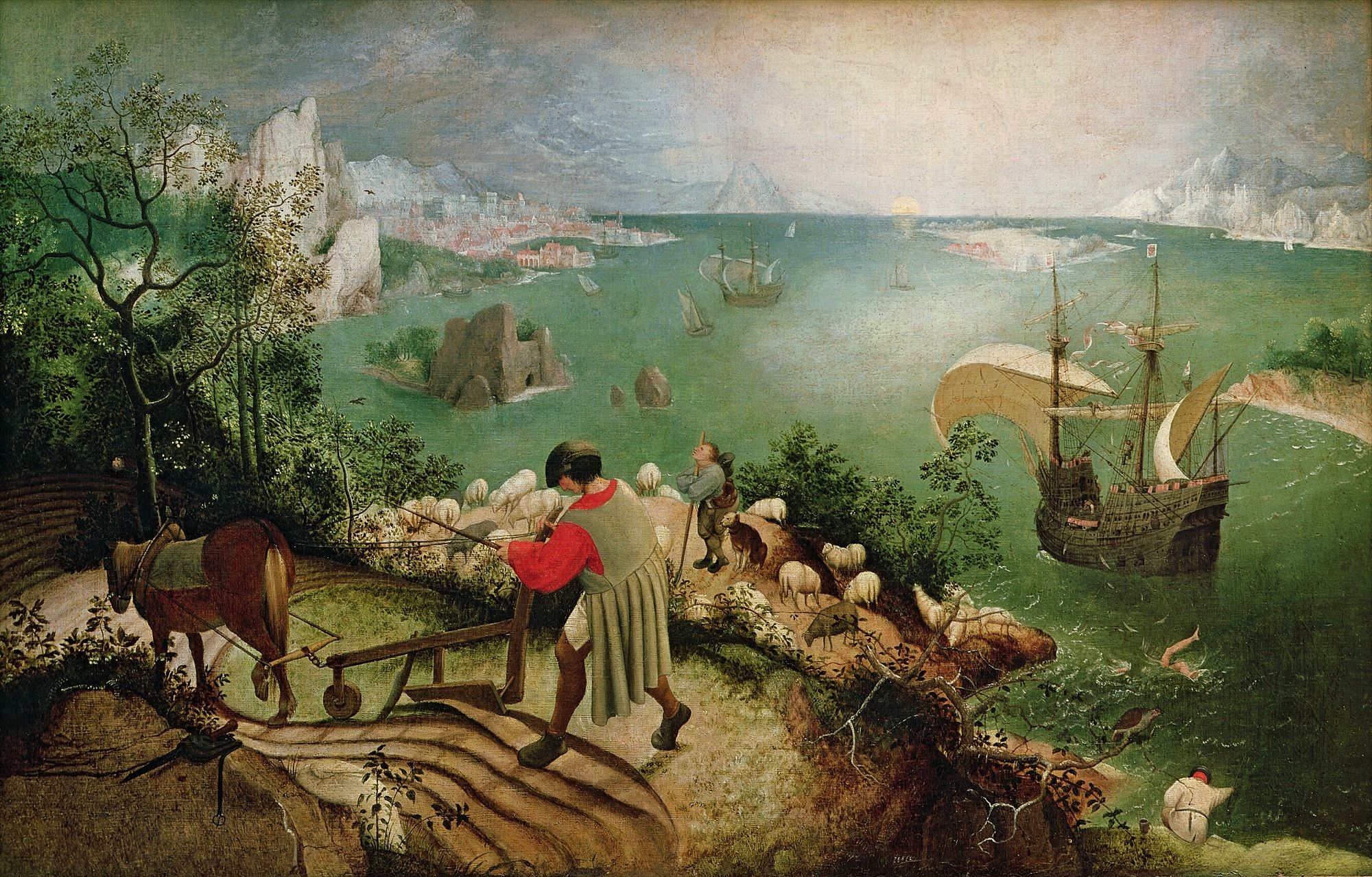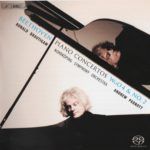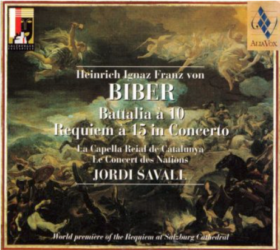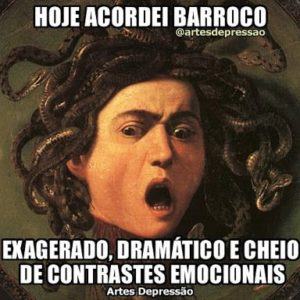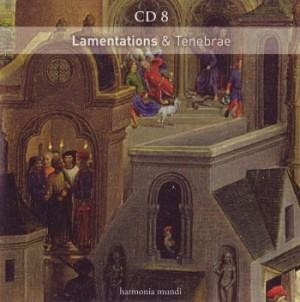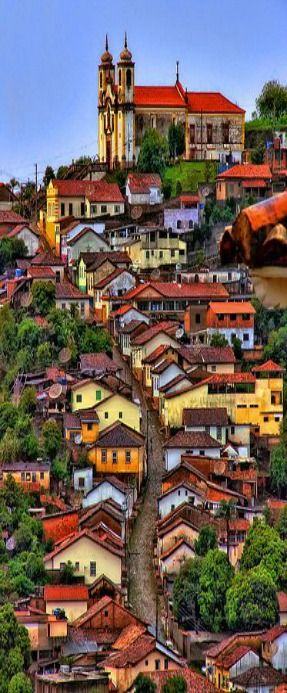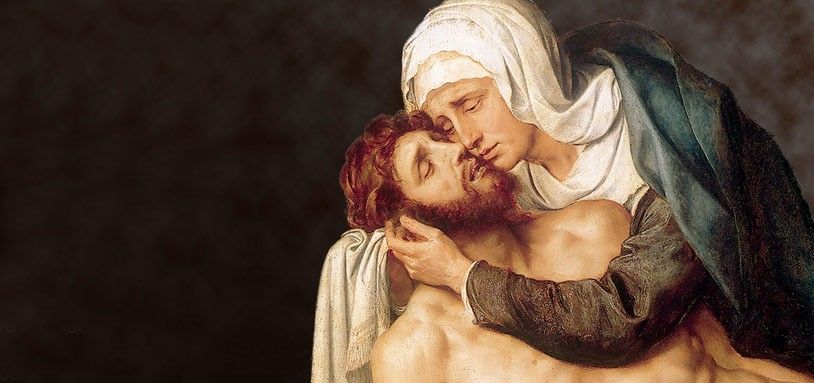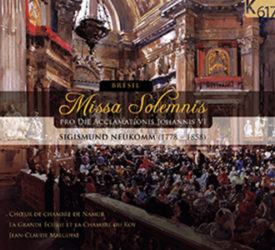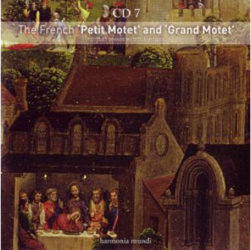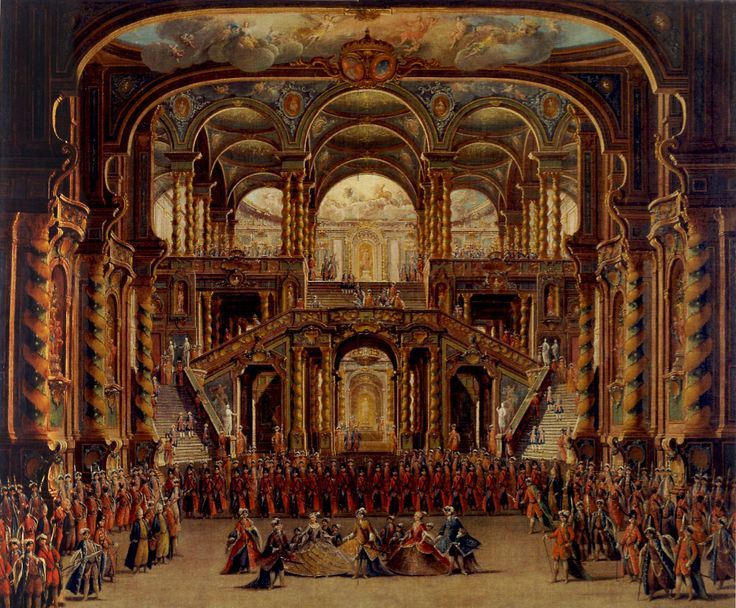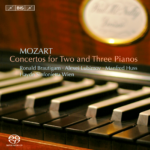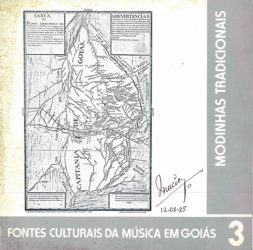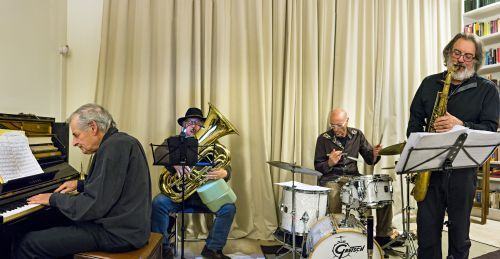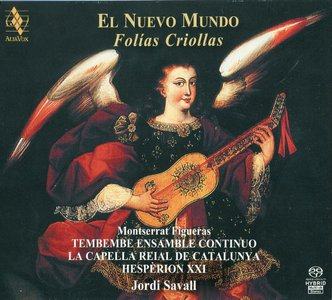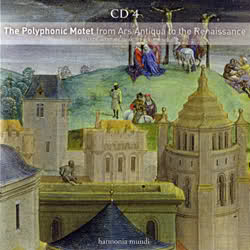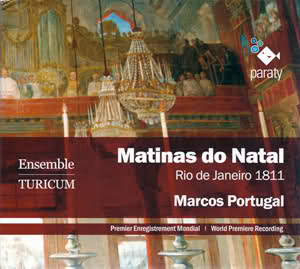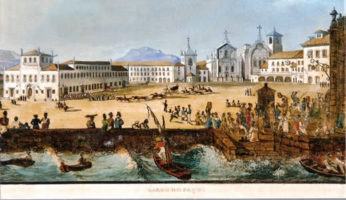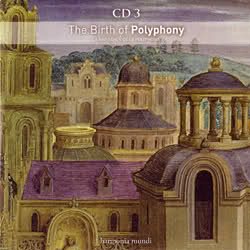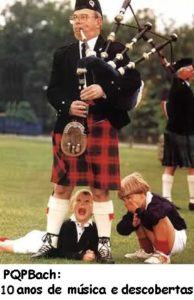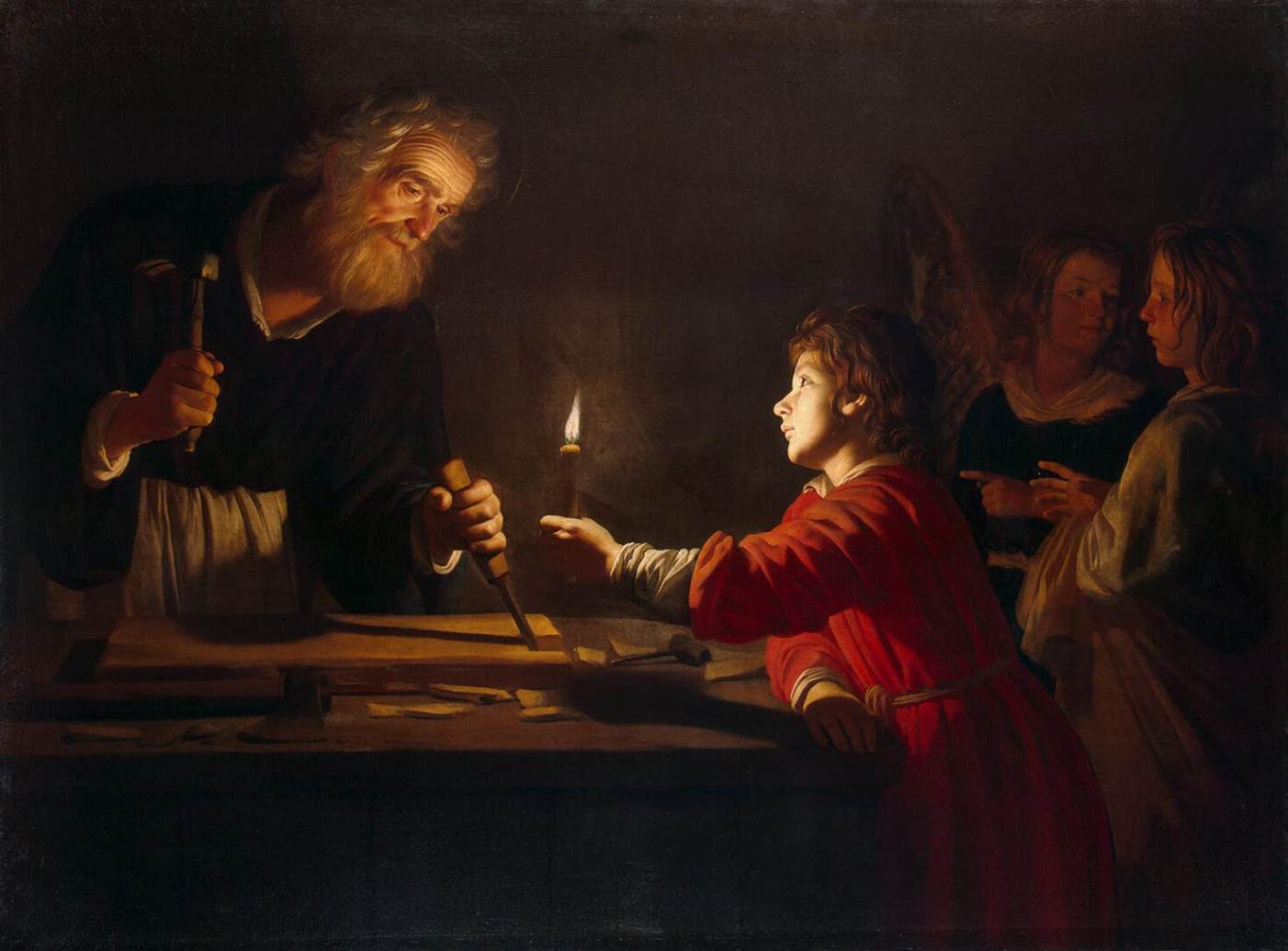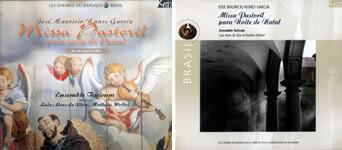 Missa Pastoril para Noite de Natal
Missa Pastoril para Noite de Natal
Ensemble Turicum
Pe. José Maurício Nunes Garcia
Com instrumentos de época.
On period instruments.
Esta postagem é um agradecimento natalino a todos aqueles que nos honraram durante 2016 com a sua presença e nos alimentaram com seus comentários. Um Feliz Natal, muita Paz, Saúde e Grana a todos!!!
José Maurício Nunes Garcia
Was he already teaching at the age of twelve? Did he ever correspond with Haydn as has been traditionally claimed? — which we will see further on is not entirely unfounded. In fact this does not matter. The bibliography of Nunes Garcia resulting from the admirable work of the musicologist Cleofe Person de Mattos has other surprises in store: she has produced the critical edition of the works presented in this recording. He was certainly precocious, since he composed his first antiphony Tota Pulcra Es at the age of sixteen. Nunes Garcia quickly realized that in Rio a mulatto from a simple background had to prove himself by working hard to be accepted by the aristocracy. While forging his arms as a composer, an organist, a pianist and a music teacher, he invested an equal passion in Philosophy, Latin, and language studies, making him a remarkable interpreter of Liturgy. This was enough for him to be noticed and at the age of 24 he joined the Sao Pedro dos Clerigos Brotherhood whose members performed his Te Deum a few months on May 10th 1791. The following year Nunes Garcia was ordained priest. This did not prevent him from giving birth to other musical creations while being watched over by a tolerant church. From then on nothing could stop his steady creative activity which occurred at his house in Rua das Marrecas from1795, where he also opened a Music School. ln 1798 his reputation was first established by his appointment as director of the Rio de Janeiro Cathedral’s choir. It was true that it was a rather poor chapel, and its predecessors José de Oliveira e Amaral and João Lopes Ferreira found it difficult to maintain. But that did not matter, a good reputation would finally be replaced by glory, destiny would see to that.
Destiny bore the name of Napoleon Bonapart and his hired assassins. It was to put an ocean between them and himself that the King of Portugal, dom Joao VI, set sail the 29th November 1807. An exile not without misanthropy. The twenty ships carrying the court estimated at 10,000 to 15,000 people, were surrounded by as many merchant ships as English warships. The Sovereign landed at Bahia the 24th January 1808. An enormous event, as it was the first time in the New World’s colonial history that an European king had set foot on American soil. Bahia had not been the capital of Brazil since 1763 and for two months dreamed that it had recovered its former status. In fact this was not the case, after some hesitation, dom Joao VI left Bahia to settle in Rio where he arrived on the 7th March 1808 with undescribable enthusiasm. He very quickly encouraged the development of an intensive artistic activity which he endowed with his personal library containing as many as 60,000 volumes, which was immediately made available to the public.
All this was doubly important for Nunes Garcia. Firstly because the King, who, due to an ancient prerogative attached to the House of Bragance, had supreme control over musical activities of the court and its chapel, would recognize his talent. The child who had learned music in a humble Jesuit school just outside Rio would be covered with honours and responsibilities, becoming the official court preacher and then the Inspector of the Royal Chapel. Above all, the arrival of dom Joao VI would generate important movement and enable Nunes to make some exceptional encounters. Among these, the strange, fascinating and too little known Sigismund Neukomm, who would remain in Rio from 1816 to 1821. Along with him, both Mozart and Haydn in person made their entry into America. Neukomm was another precocious musician. He sang at Salzburg Cathedral at the age of seven, nothing out of the ordinary except that he would study music theory under Michael Haydn, one of Wolfgang Amadeus’s most genuine friendships. As for the other Haydn, Joseph, Neukomm would be his pupil for seven years, receiving his benediction for his arrangements of The Creation, the Return of Tobie, the Seasons and Arianna a Naxos. At that time the names of his students were, Anna Milder, and… Wolfgang Amadeus Mozart the Younger.
That such a connoisseur had actually said and written of Nunes Garcia that he was “the world’s first improviser” after hearing one of his concerts, really makes you wonder! Here is an admirer who arrives just at the right moment. For at the time of their encounter and friendship, the star of the brilliant mulatto was on the decline, being replaced by the rising one of Marcos Portugal who was considered as the best Portuguese composer of his time.
Lightning streaked the skies of those years during which Nunes Garcia would experience the bitter lesson of the gradual withdrawal of the “great”. They were strangely similar to the life of Mozart whom he cherished so deeply having been introduced to his greatest works by Neukomm. The 19th December 1819 whereas all over Europe the fallen favourite of Vienna had sunk into oblivion, who would have expected hear resounding for the first time in America the sublime strains of the Requiem under the vaults of a sanctuary in Rio? Two years later the public of the capital Brazil would discover the Creation lead by Nunes Garcia. This would be a definite period of decline. It is also the year of Joao VIth’s return to Portugal, he would leave Brazil in the hands of another sovereign, also a musician, but with other preoccupations. A year later Brazil would be independent. Above all it was the year that marked the separation with Neukomm also leaving for Europe. The end of the story is sad-Mozart, Nunes Garcia’s existence would be filled with financial worries and health problems, but not completely, in 1826 in a final creative ‘tour de force’ he gives us the gigantic Missa de Santa Cecilia. It is a masterpiece of universal music; like a mirror or a synthesis of the 43 years of his life spent in the service of music. The final joy of a man who at the age of 58, tired, and worn out succeeds in snatching his final creative force from exhaustion. Jose Mauricio Nunes Garcia died the 18th April 1830 in extreme poverty.
The Missa Pastoril
How can this work be classified and what position does it hold generally in Nunes Garcia’s creative life? As is often the case, the Missa Pastoril appears on several occasions in the catalogue of his works. The first version was composed in 1808 and intended only for voices accompanied by organ. Possible proof of the poor quality of the instrumental formations available in Rio at the time of dom Joao VIth’s arrival. It reappears in 1811 (the version in this recording), enriched with an orchestra which must have been made of musicians from the Royal Chapel of Lisbon also in exile. Through the two versions one can observe how the means for musical creation developed in Rio de Janeiro. Again Nunes Garcia even in the second version which is richer and more elaborate would not use the violins, leaving the altos in divided parts the role of proving that, at this period, at least between Portugal and Brazil this section was held in great esteem which is no longer the case nowadays. We are not that far behind Cherubini nor opera which peeps through with its artifices in the first three bars of the Gloria. The ornate and highly skillful arias are typical of the period. But at a closer look they are already preparing the vocal soloist periods in the Missa de Santa Cecilia who open the way to the future of vocal art. “Para a noite de Natal” (for a Christmas Night), according to the manuscript, and that’s what it’s all about. The entire work is bathed in a soft and tender light of popular art which nothing can overshadow.
Psalms and Graduals
The two psalms, Laudate Dominum omnes gentes and Laudate Pueri are dated 1813. This is not the only similitude, as they appear to have a common unity of conception. The same tonality, the same orchestration, even to similar rhythmical structures, although the Laudate Pueri, which is more developed, leaves more room for tenderness and exultation.
With the Gradual Dies Sanctificatus (1793) “Gradual para dia de Natal” we find little of the atmosphere of the Missa Pastoril. Similarly we have two versions; the present, and the arrangement for choir and organ. This piece intended to be performed on Christmas Day, “Dies Santificatus” belongs to quiet a long series of graduals that Nunes Garcia, the liturgical musician, would compose throughout his life. Perhaps he paid special attention however to the one composed in honour of Saint Sebastian in 1799. The festival of the Patron Saint of the town of Sao Sebastiao do Rio de Janeiro was and still is extremely popular and at the time of Nunes Garcia, the music usually accompanied the procession and ceremonies on the 20th January. In fact the survival of this tradition would be found in a mass by Villa Lobos.
(Alain Pacquier, extraído do encarte)
Pe. José Maurício Nunes Garcia (1767-1830, Rio de Janeiro, RJ)
01. Missa Pastoril para Noite de Natal – 1. Kyrie
02. Missa Pastoril para Noite de Natal – 2. Gloria
03. Missa Pastoril para Noite de Natal – 3. Laudamus Te
04. Missa Pastoril para Noite de Natal – 4. Gratias
05. Missa Pastoril para Noite de Natal – 5. Qui Tollis
06. Missa Pastoril para Noite de Natal – 6. Qui Sedes
07. Missa Pastoril para Noite de Natal – 7. Cum Sancto Spiritu
08. Missa Pastoril para Noite de Natal – 8. Credo
09. Missa Pastoril para Noite de Natal – 9. Et Incarnatus
10. Missa Pastoril para Noite de Natal – 10. Crucifixus
11. Missa Pastoril para Noite de Natal – 11. Et Resurrexit
12. Missa Pastoril para Noite de Natal – 12. Sanctus
13. Missa Pastoril para Noite de Natal – 13. Benedictus
14. Missa Pastoril para Noite de Natal – 14. Agnus Dei
Anônimo
15. Tarambote para as duas Charamelinhas
Pe. José Maurício Nunes Garcia (1767-1830, Rio de Janeiro, RJ)
16. Laudate Dominum – Salmo 116 1. Laudate Dominum
17. Laudate Dominum – Salmo 116 2. Sicut Erat
18. Dies Sanctificatus – Gradual
19. Justus Cum Ceciderit – Gradual para São Sebastião
20. Laudate Pueri – Salmo 112 1. Laudate Pueri
21. Laudate Pueri – Salmo 112 2. Sicut Erat
Missa Pastoril para Noite de Natal – 1999
Ensemble Turicum
Direction: Luiz Alves da Silva & Mathias Weibl
Recorded for the commemoration of the Fifth Century of the Discovery of Brazil by the Portuguese navigator Alvares Cabral
Imagens extraídas do site dedicado à obra e à vida do Pe. José Maurício, AQUI
.
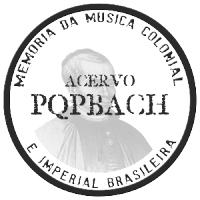 BAIXE AQUI – DOWNLOAD HERE
BAIXE AQUI – DOWNLOAD HERE
XLD RIP | FLAC 249,9 MB | HQ Scans 0,7 MB |
BAIXE AQUI – DOWNLOAD HERE (encarte anexado)
MP3 320 kbps – 120,4 MB – 51,3 min
powered by iTunes 9.0
.
Avicenna
